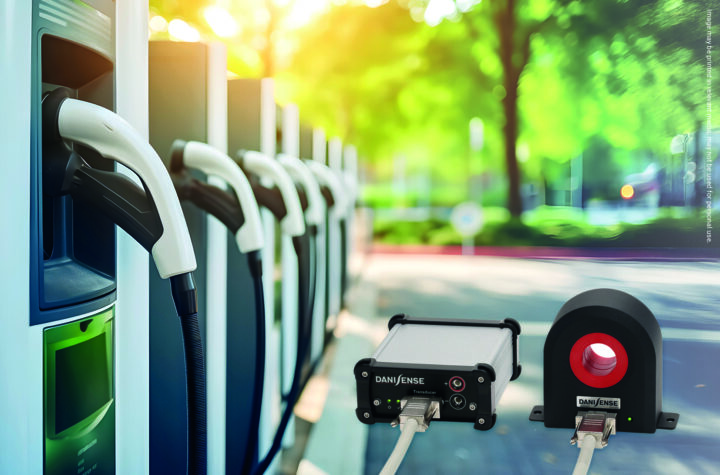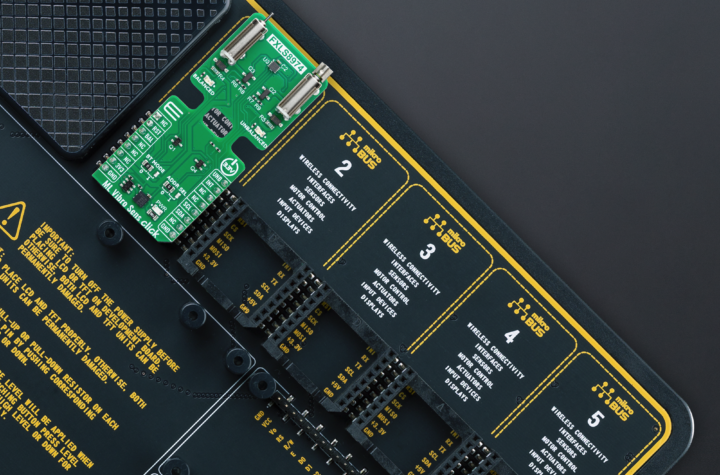
Good processing quality, outstanding material properties, competitive price. Not just one but three arguments in favor of Celstran PA 6.6 convinced Behr to use these heat-stabilized long glass fiber reinforced grades for the intake chamber of the charge-air cooler for the new Passat (2.0 TDI) from Volkswagen.
With diesel engines on board around 50 per cent of Europe’s newly registered vehicles, the claim is justified: at least half of our new cars run with a turbocharger. Without this technology, there would be no diesel boom. And the turbo is also becoming fashionable with the new petrol models, as well.
But this system really performs with full power and efficiency only in combination with charge-air cooling. Pressure generates heat and the greater a turbo’s charge-air pressure, the warmer the additional air that the turbine forces into the intake system.
As a result, engineers now generally insist: no modern turbo engine without charge-air cooler. The component keeps the motor running smoothly, providing comfortable average temperatures in the range of 80 to 90 degrees Celsius. Without supplemental cooling, the high charge-air pressure would catapult the motor temperature to ranges that no precision equipment of this type could withstand long-term.
That’s why charge-air coolers are so difficult to design and manufacture. Over a period of many years, in general the entire “lifetime†of an automobile, charge-air coolers have to resist fuel and oil vapors and are also subjected to extreme temperature variations. In addition, charge-air cooler specifications also require outstanding mechanical properties such as strength and good elongation at break values even at elevated temperatures. Owing to the demanding requirement profile of the material, only a few select technical polymers can be considered as candidates for this application.
Behr chose the new PA 6.6 grades from Ticona because as compared with PA 4.6, for example, they exhibit lower creep and good processing properties. This means mould temperatures of less than 100 degrees Celsius are possible. And the material offers another advantage: it is designed to withstand temperatures of over 200 degrees Celsius for short intervals. After all, being a charge-air cooler is no job for softies.
Celstran
Celstran is a long fiber-reinforced Ticona material that has excellent mechanical properties, high impact and notched-impact strength as well as a low tendency to creep. Celstran maintains its outstanding mechanical property profile over a wide range of service temperatures and climatic conditions. The material is produced by a patented pultrusion process in which aramid, glass, carbon or stainless steel filaments are incorporated in the matrix in contents from 30 to 60% w/w. Polypropylene, polyamide and many other materials are used as the matrix polymer, forming the basis for a wide range of customer-tailored Celstran applications. The customer receives long fiber-reinforced cylindrical pellets, in which the length of the pellet and fiber are identical (usually 3 mm-diameter pellets up to 12 mm long). Among the advantages of long fiber-reinforced thermoplastics over short fiber-reinforced materials are optimized mechanical properties.















More Stories
Mosaic Click board from MIKROE delivers global coverage multi-band and multi-constellation tracking ability
Current transducer from Danisense selected for DC charging station testing device demonstrator at TU Graz
New Click board from MIKROE helps develop and train ML models for vibration analysis